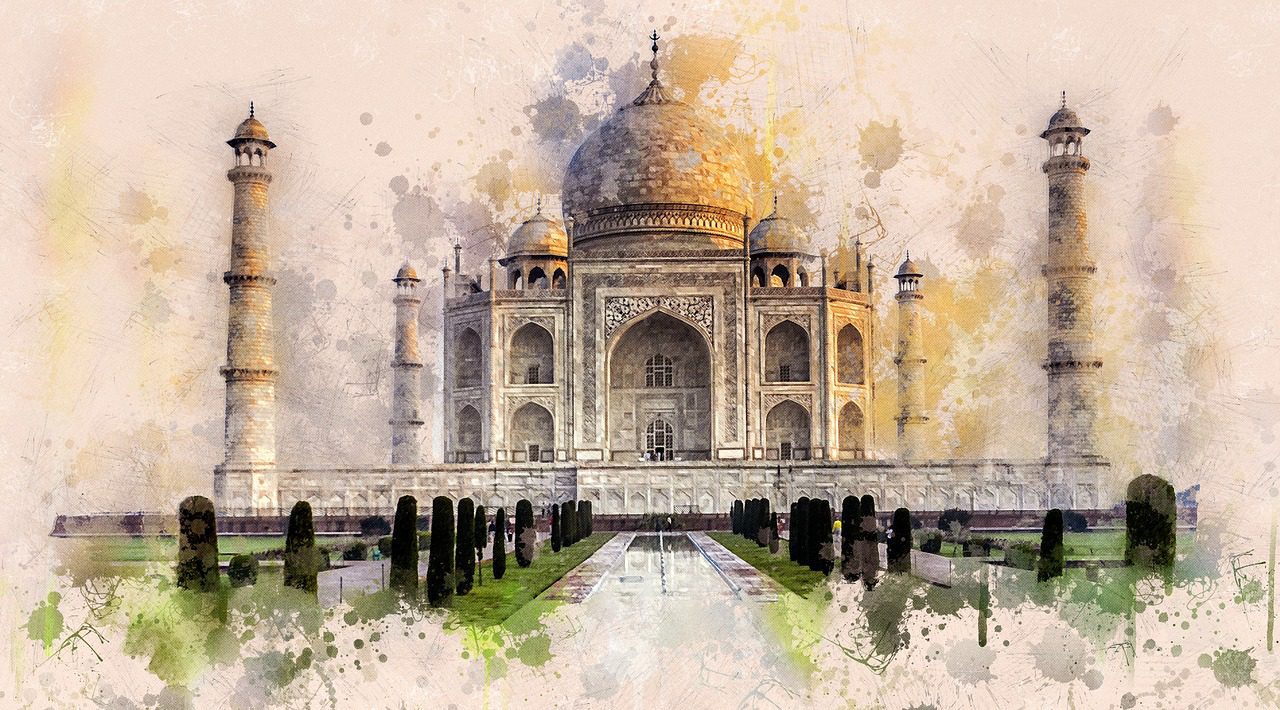It is very difficult to find a person on earth who hasn’t heard about Taj Mahal. This famous monument doesn’t need much explanation as to how great and amazing it is while it stands as a symbol of love across the globe. But still, there are facts about Taj Mahal that many of us don’t know about.
This is a list of 11 amazing facts about Taj Mahal that has the element of mystery and surprise for all of us. We are not including any myths about Taz Mahal as they are simple concocted facts that many believe to be true. These are real facts based on well established historical evidence.
1. Taj Mahal was not to be built in Agra but Burhanpur in Madhya Pradesh

Most people do not know that the foundation of the Taj was actually laid in Burhanpur. It was Buhranpur in MP where Taj Mahal was proposed to be built, being the place where Mumtaz died while giving birth to their 14th child, unfortunately, Burhanpur’s geography, geology, and hydrology all made it impossible.
According to historians, Shah Jahan wanted the monument to be of white marble, which was only available in the faraway Markana, making transportation difficult. Furthermore, River Tapti’s breadth was a little narrow where he envisaged the mausoleum, meaning it would not be reflected fully in the water on moonlit nights.
Finally, the rock-bed just wasn’t right to hold up a building of that mass. As it turned out, Agra on the banks of majestically wide river Yamuna and not too far from Markana was a perfect choice.
2. Government protected Taj Mahal from enemy bombers by erecting scaffolding rare picture
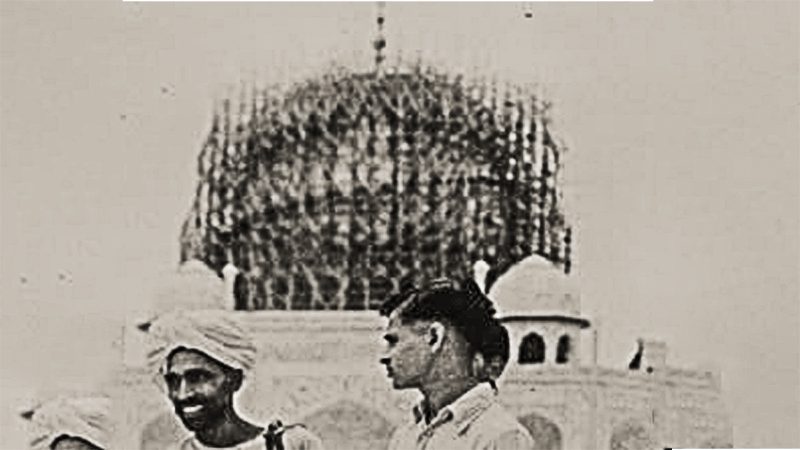
No doubt that Taj Mahal is one of the most famous and valuable monuments in India. Valuable monuments require protection during wartime. A wooden platform was raised in 1942, to disguise the building in anticipation of air attacks by the Japanese Air Force.
Ironically, Indian forces led by Subhash Chandra Bose were also fighting alongside Japan to seek independence from British rule. Japanese had enmity with British and they would not have hit Indian monuments but as you know its always better to be extra cautious when it involves a surreal beauty like Taj Mahal
A Scaffold was also raised during the India-Pakistan wars of 1965 and 1971, clearly to misguide Pakistani bombers this time. Considering the fact that Agra is far away from the Pakistani border this again was no less than extra precaution.
3. The tomb contains 99 different names of Allah as calligraphic inscriptions
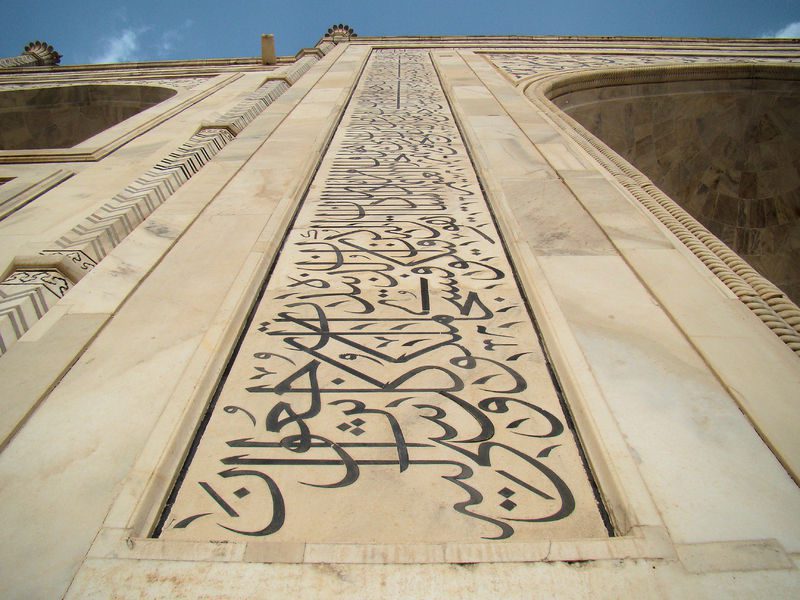
On the actual tomb of Mumtaz Mahal located in the burial chamber, the ninety names of god can be found as calligraphic inscriptions on the sides, in the crypt including “O Noble, O Magnificent, O Unique, O Eternal, O Glorious…”
The brilliant Calligrapher himself left a very humble signature that can be translated as “Written by the insignificant being, Amanat Khan Shirazi”.
The Calligraphic inscriptions are in Arabic are texts from the Quran, and they are beautifully inscribed in various places. The most prominent inscription might be the one on the great gate which says the following:
[su_quote]O soul, you are at rest. Return to the Lord in peace with him, and he at peace with you[/su_quote]
4. The enormous scale of construction in medieval times

Ancient people perhaps had all the time in the world and slavery was almost a tradition, but to have such an enormous scale of construction was no ordinary feat in medieval India. Just consider, 1000 elephants were employed that transferred the construction material from one place to another. A whopping 22,000 laborers, painters, stonecutters, embroidery artists.
The wonderful translucent white marble that is seen on Taj Mahal was brought from Makrana, Rajasthan. The Jasper from brought Punjab, jade, and crystal from China. The turquoise was from Tibet and the Lapis lazuli was from Afghanistan, while the sapphire came from Sri Lanka and the carnelian from Arabia.
In all, twenty-eight types of precious and semi-precious stones were inlaid into the white marble. It took around 20 years to finish the mausoleum with all the manpower.
5. Built to honor the favorite wife of Shah Jahan
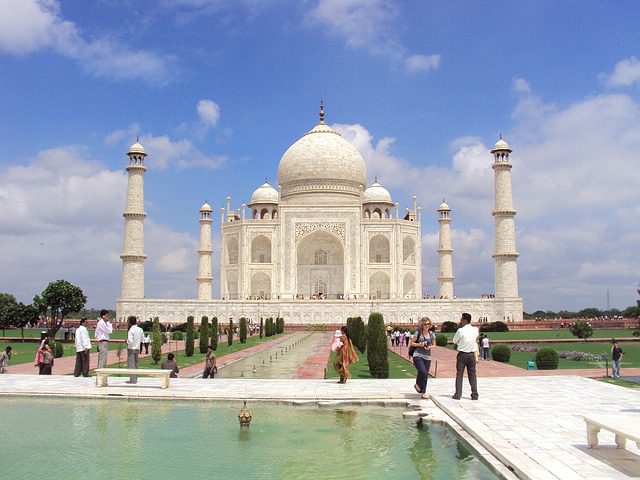
Most of the other famous buildings, particularity ancient ones have been dedicated the leaders such as Kings and Pharaohs or the Gods. But not the Taj Mahal, it was built to honor the Mughal Emperor’s beloved wife Mumtaz, who died during childbirth.
Shah Jahan had many wives, which are also buried in the same complex, but it was Mumtaz who was his favorite wife. So there is a romantic and tragic story behind the construction, which has been named as one of the most romantic gestures in history.
This is the sole reason why Taj Mahal is considered as one of the most significant monuments celebrating love.
6. One of the New ‘Seven Wonders of the World’

What do you do when “The Great Pyramid of Giza’, the largest and oldest of the three pyramids at the Giza Necropolis in Egypt remains the only surviving of the original Seven Wonders of the Ancient World? You have to form a new list with the existing great world monuments.
New7Wonders of the World was a campaign started in 2000 to choose Wonders of the World from a selection of 200 existing world monuments. It was done on popular poll led by Canadian-Swiss Bernard Weber and organized by the New7Wonders Foundation based in Zurich, Switzerland, with winners announced on 7 July 2007 in Lisbon. Taj Mahal received more than 100 million votes to its credit.
7. Taj Mahal is closed on every Friday but not for everyone
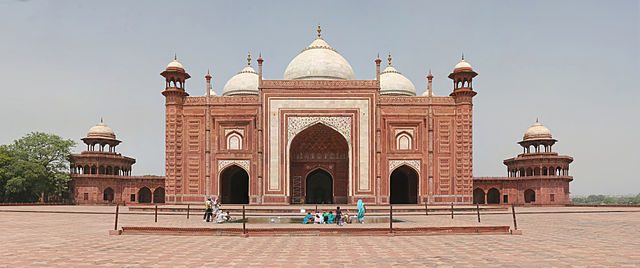
It is closed every Friday, but as it houses an active mosque (Jawab Masjid) in the premises, only Muslims who comes here to attend prayers are allowed in the afternoon.
8. The cost of building Taj Mahal

The Mughal emperor Shah Jahan is said to have spent about 32 million rupees to build Taj Mahal. If you calculate that sum with today’s value, it would be close to 1 billion USD. The amount may not seem great considering Abraj Al Bait, Mecca, Saudi Arabia, was built for US$ 15 billion. Thanks to the cheap labor perhaps, It may take hundreds of time more if it were built today.
9. There are multiple replicas of Taj Mahal, none can match the original though
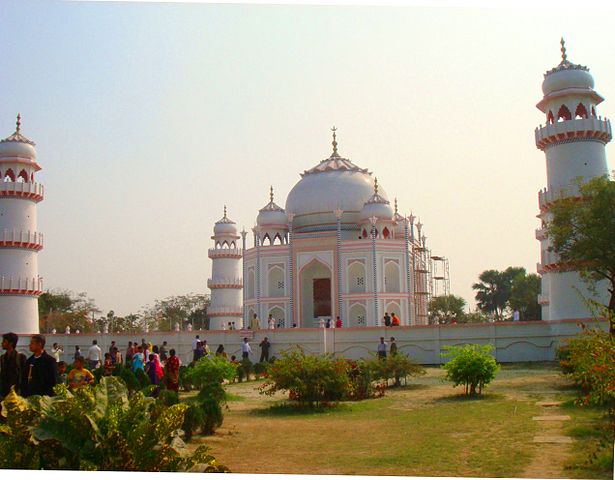
Many people don’t know that creating copies of great creations was also a tradition in medieval times. There are multiple replicas of Taj Mahal in India. Apparently not as breathtaking as the original Taj, Bibi Ka Maqbara in Aurangabad, Lal Bagh Fort and Taj Mahal Bangladesh, Shahzadi Ka Maqbara in Lucknow and many more, are quite a work of art in themselves.
10. Taj Mahal complex also has mausoleums of Shah Jahan’s other wives and their favorite servant

We all know Taj Mahal as a symbol of love for Mumtaz a Persian queen and wife of Shah Jahan, it is considered to be her mausoleum. However, as it turns out there are multiple mausoleums including that of Mumtaz’s favorite servant!
The Taj Mahal complex is bordered on three sides by crenelated red sandstone walls; the side facing the river is open. Outside the walls, you can see several additional mausoleums, including those of Shah Jahan’s other wives, and a larger tomb for Mumtaz’s favorite servant
11. The main chamber houses the false sarcophagi of Mumtaz and Shah Jahan
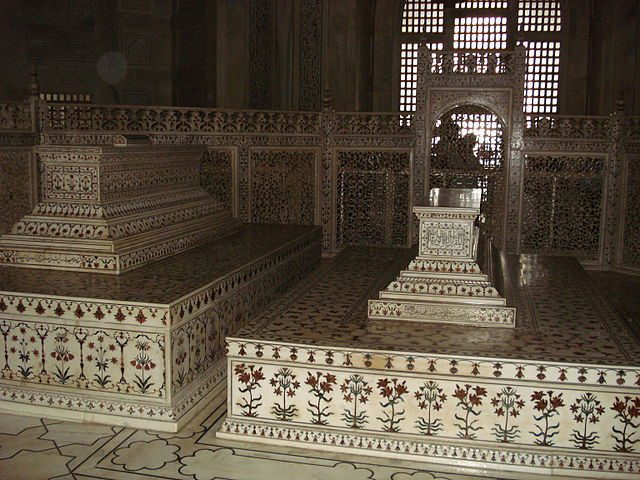
The central focus of the entire complex of the Taj Mahal is the tomb. It is a large, white marble structure standing on a square plinth and consists of a symmetrical building with an iwan (an arch-shaped doorway) topped by a large dome and finial. Like most Mughal tombs, the basic elements are Persian in design origin.
The base structure is a large multi-chambered cube with chamfered corners forming an unequal eight-sided structure that is approximately 55 meters (180 ft) on each of the four long sides. Each side of the iwan is framed with a huge pishtaq or vaulted archway with two similarly shaped arched balconies stacked on either side.
This motif of stacked pishtaqs is replicated on the chamfered corner areas, making the design completely symmetrical on all sides of the building. Four minarets frame the tomb, one at each corner of the plinth facing the chamfered corners. The main chamber houses the false sarcophagi of Mumtaz Mahal and Shah Jahan; the actual graves are at a lower level.
